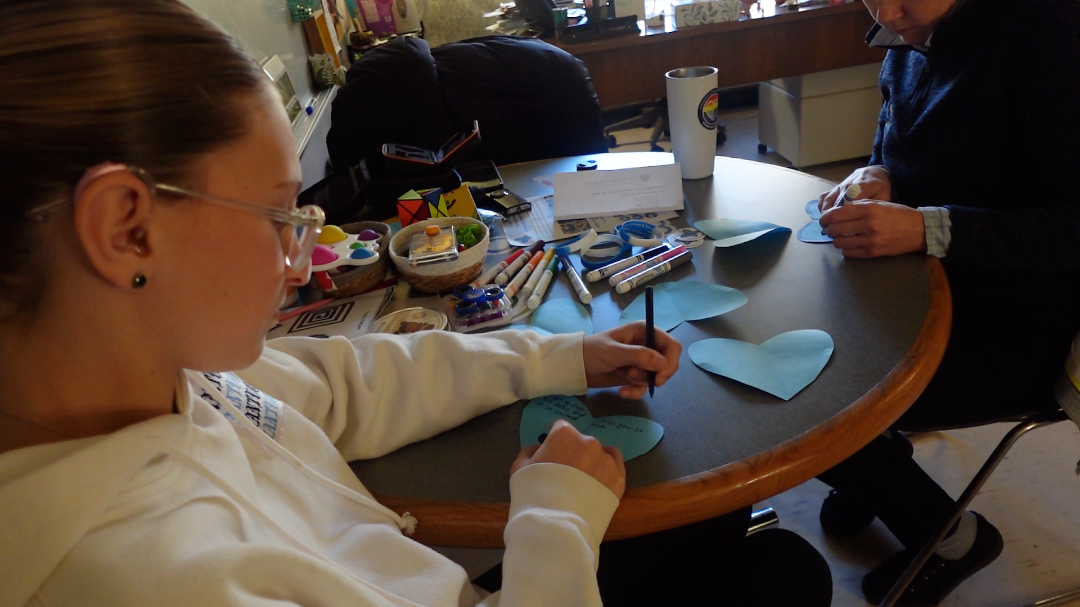Middle School Students Are Sparking Conversations About Grief, Empathy, and Support
For many children and teens, the death of a parent, sibling, or someone close changes everything from home life to friendships and how they show up in school. In Massachusetts alone, more than 100,000 youth will experience the death of a parent or sibling by age 18. Without support, these students are at greater risk for isolation, anxiety, and academic strain.
At The Children’s Room, we see every day how grief shapes a young person’s world and how connection can help them navigate it with more support and a sense of belonging.
This month, as Massachusetts once again recognizes Children’s & Teens’ Grief Awareness Month with an official proclamation from Governor Maura Healey, The Children’s Room is hosting awareness events in 34 schools and community centers across eastern Massachusetts, with over 2500 students participating. These events are designed to give students space to share about people in their lives who have died and to show support for peers who may be grieving.
Ottoson Middle School in Arlington is one of the partnering schools. Students will create blue hearts containing messages of empathy, remembrance, or encouragement. When displayed, the hearts visually represent care in a community where grief is often carried in silence.
For some students, the moment is personal.
“My dad died when I was eight years old,” said Leah, an Ottoson student who came to TCR after his death. “He was doing a triathlon. He was swimming, and he had a heart attack and drowned. I was mostly in shock. I didn’t really believe it.”
The impact of loss showed up at school in ways she didn’t expect.
“My sister and I had the choice to skip school for a couple of days, but I needed to get my mind off it, so I went back,” she said. “I specifically asked for nobody to be like ‘oh my gosh, are you okay?’ And then I opened my locker and it was overflowing with cards. It was really sweet but I wanted the opposite.”
Returning to school after a death can be complicated. Grief doesn’t go away when the school day starts, and for many kids and teens, their peers don’t know what to say or how to support them. For many students, programs like those TCR offers are rare spaces where they can speak openly about loss without feeling different.
For Leah, finding community at TCR made a difference.
“On the first day at The Children’s Room, I immediately loved it,” she said. “I met so many people, and it helped me take my mind off everything while still remembering my dad.”
She hopes this awareness event helps her classmates understand how many students carry grief quietly.
“I want other students who’ve had someone die to know they’re not alone,” she shared. “There are so many people you can talk to who can help.”
And she hopes the awareness month helps others think differently about the students around them.
“Sometimes people might be acting out because they’re going through something really hard,” Leah said. “People need to understand that.”
Governor Healey’s proclamation affirms what grief professionals have long emphasized: childhood grief is a public health issue, not a private one. Awareness efforts, especially inside schools, make it easier for students to talk about what they’re going through and easier for their peers to show up with empathy.
Children’s Grief Awareness Month is part of a national effort led by the National Alliance for Children’s Grief, calling for increased visibility, resources, and community support for young people coping with death.
For students at Ottoson, these conversations won’t erase the grief they carry, but they can shift what it feels like to hold it. And for young people like Leah, knowing that others understand, even a little, can make school feel less isolating and life feel a bit more hopeful.




